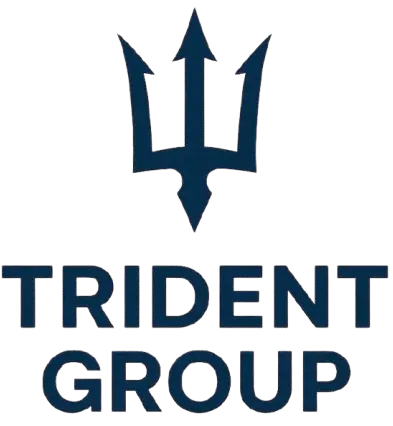Essential Factors to Consider When Migrating from Microsoft Great Plains to Microsoft Dynamics 365
- amandeepmodgil5
- 6 days ago
- 2 min read
Updated: 5 days ago

For many organisations, Microsoft Great Plains (GP) has been a reliable backbone for financial and operational processes for decades. However, as technology evolves and business needs grow more complex, many businesses are making the strategic decision to modernise their ERP landscape by migrating to Microsoft Dynamics 365. This move unlocks greater agility, improved reporting, enhanced integration, and cloud-based scalability — but success depends on careful planning and execution.
Here are some of the key factors to consider when planning your migration:
1. Assessing Business Readiness and Scope
Before initiating the migration, it’s essential to define a clear vision and scope. Understand which modules, processes, and customisations in GP are critical to your business operations. This clarity ensures a targeted migration plan and avoids unnecessary complexity.
2. Data Quality and Cleansing
Data is at the heart of any migration. Legacy GP systems often contain redundant or inconsistent data. Cleansing, validating, and archiving historical records before the migration helps improve data accuracy, enhances reporting quality, and minimises post-go-live issues.
3. Choosing the Right Migration Strategy
There’s no one-size-fits-all approach. Organisations typically choose between a lift-and-shift (migrating existing data and configurations as they are) or a transformational migration (re-engineering processes to leverage Dynamics 365 capabilities). Selecting the right path depends on your business goals, budget, and timeline.
4. Integration and Customisation
Many businesses rely on third-party applications or in-house solutions integrated with GP. During migration, it’s crucial to map and modernise these integrations. Dynamics 365 offers a rich ecosystem of connectors and APIs that can simplify integration and enhance automation.
5. User Experience and Change Management (Microsoft Dynamics D365)
A successful migration is not just about technology — it’s about people. Training and engaging end users early in the process ensures smoother adoption. Leveraging Dynamics 365’s modern interface, automation, and reporting tools can significantly improve user experience and productivity.
6. Testing and Validation
Comprehensive testing — including unit, integration, and user acceptance testing — is essential to identify gaps and minimise disruptions. This phase ensures that business processes run as expected in the new environment.
7. Post-Go-Live Support and Continuous Improvement
Migration doesn’t end at go-live. Establishing a structured support and optimisation plan is vital to ensure your team fully leverages the platform’s capabilities and adapts to evolving business needs.
Partnering for a Seamless Migration
Migrating from Microsoft Great Plains to Dynamics 365 is more than a technical upgrade — it’s a strategic move toward a modern, scalable, and intelligent ERP platform. At Trident Group, our experienced consultants bring deep expertise in Microsoft technologies, data migration, and change management to ensure a smooth, low-risk transition.

